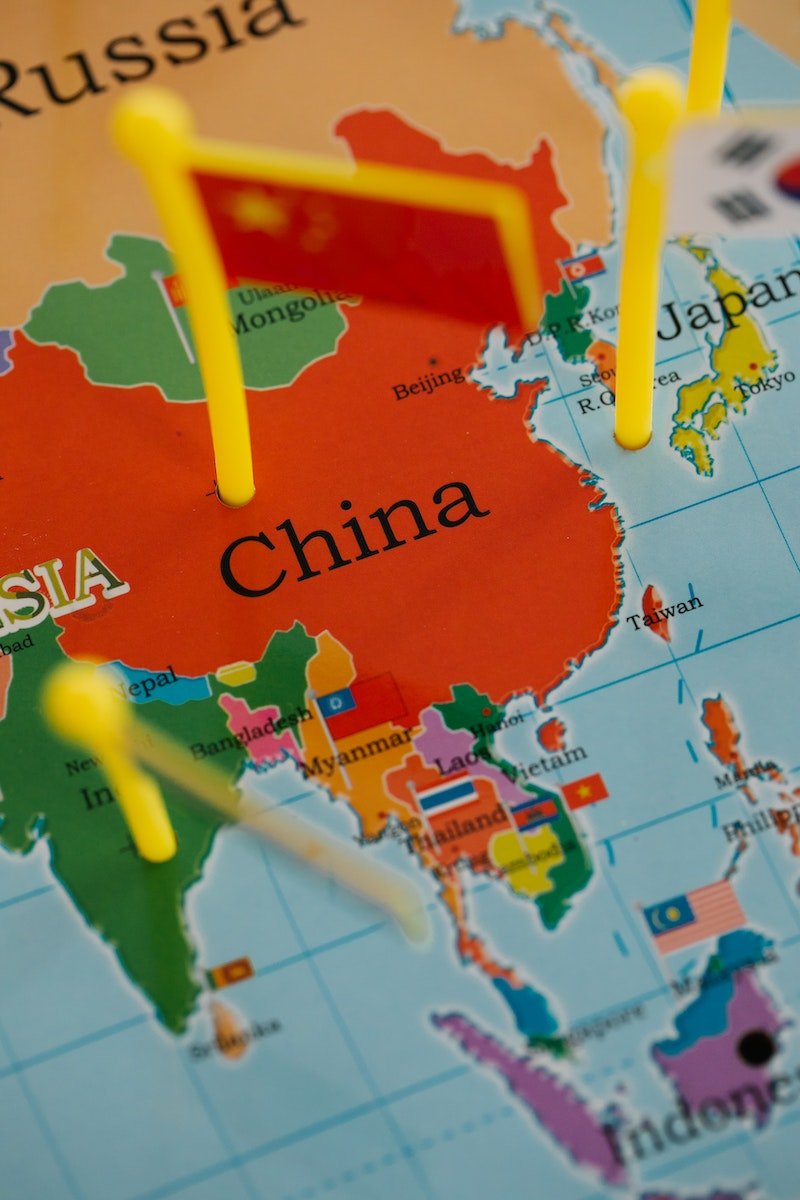Chinese Nationals Targeted in Pakistan Amid Ongoing Tensions
Over the years, Chinese nationals have repeatedly been the target of insurgent attacks in Pakistan, particularly in the Balochistan region. This province is not just any region; it houses the Gwadar Port, a significant hub connecting China’s Xinjiang to the Arabian Sea.
The attack this month exemplifies the escalating threat. On August 13, a convoy transporting 23 Chinese engineers to the Gwadar Port faced an ambush. Though none of the engineers suffered injuries, two of the attackers were neutralized by security forces.
Such incidents are not isolated. Just two years prior, a deadly explosion at a luxury hotel housing the Chinese ambassador shook the southwest, and four years ago, militants attacked a luxury hotel in Gwadar, claiming at least eight lives.
China’s increasing involvement in Pakistan, particularly in projects like the Gwadar Port, puts it directly in the crosshairs of an ongoing conflict between local separatists and the Pakistani government.
China’s Deepening Investment
Central to China’s growing influence in Pakistan is the China-Pakistan Economic Corridor (CPEC), a multi-billion-dollar initiative spanning numerous infrastructure projects. The crown jewel? The Chinese-managed Gwadar Port, bridging China’s northwest Xinjiang region with the Arabian Sea and further to the Middle East.
Many of these CPEC projects reside in Balochistan, which is not only Pakistan’s largest region but also its most impoverished. Despite its size, Balochistan contains almost half of China’s investment in Pakistan. Raffaello Pantucci, an expert at the Royal United Services Institute in London, highlights that China’s public investments here are aligned with the Pakistani state, the separatists’ enemy.
Understanding the Insurgency
The Balochistan Liberation Army (BLA) has been a primary adversary, advocating for either full independence or regional autonomy. Last April, their suicide bomber targeted and killed three Chinese teachers in Karachi, eliciting stern reproach from Beijing. Pantucci clarifies that while the BLA opposes the Pakistani government’s oppression, there’s scant evidence indicating any China-specific sentiments like anti-communism or issues related to Xinjiang. The BLA’s attacks are predominantly local.
Abdul Basit, from Singapore’s S. Rajaratnam School of International Studies, sheds light on the local discontent: people of Balochistan feel they gain little from China’s burgeoning economic footprint. They perceive China as an emerging colonial force, amplifying existing grievances. Such sentiments have fueled numerous protests against Chinese projects. After the August convoy incident, the BLA issued another warning to China, reminiscent of their 2019 threat post the Gwadar hotel attack.
In another concerning trend, the Tehrik-e Taliban Pakistan (TTP), also known as the Pakistani Taliban, orchestrated a devastating bus explosion in 2021. This alliance of militants opposes the Pakistani government. Their motivations diverge from the BLA, aiming to establish a sharia-based state.
China’s Unwavering Commitment
Despite the mounting threats, China’s investments in Pakistan are unwavering. Between 2018 and 2021, direct investment surged by 76.25%, as per China’s Ministry of Commerce. This solidifies Pakistan’s strategic relevance to China, particularly for its belt and road initiative.
The continued assaults by both the BLA and TTP make Balochistan an investment hotspot due to its unmatched strategic position. Abdul Basit emphasizes that China’s main goal is access to the Arabian Sea via Gwadar. These sporadic attacks are unlikely to strain the deep-rooted trade relations between China and Pakistan.
Considering China’s geopolitical context, the Indo-Pacific region poses larger challenges from alliances of countries like the US, India, Australia, and Japan. In contrast, the threats from Balochistan are from non-state actors, with limited frequencies.
Trade volumes in 2021 were testament to this strong relationship, with a staggering 59.17% year-on-year growth, translating to US$27.8 billion. Chinese investments in Pakistan also touched US$7.49 billion.
Zhu Yongbiao from Lanzhou University views the insurgent groups as risks to China’s projects but not severe threats to the nation. He observes an improvement in security, emphasizing that insurgents took over a year for their recent failed attack against China.
However, security concerns may deter private and smaller investors. Despite the hesitance of some businesses, major Chinese firms are boosting their security, sometimes meeting resistance from Pakistan. According to Andrew Small of the German Marshall Fund, the Pakistani security services have implemented protective measures, though effectiveness remains a concern. China’s efforts to bolster their own security have been met with hesitation, leading to complications.
A source within the Chinese security industry points out the limited options for security for Chinese companies in Pakistan. Moreover, employing Chinese security firms in Pakistan might dent China’s reputation due to legal constraints and the sensitive nature of such operations. A South Asian studies professor noted that legal barriers hinder the effective operation of Chinese security agencies, further complicating the situation.
In essence, while China’s economic and strategic interests in Pakistan are evident and growing, the security challenges posed by insurgent groups and the complexities of addressing them remain paramount.
Read More:
